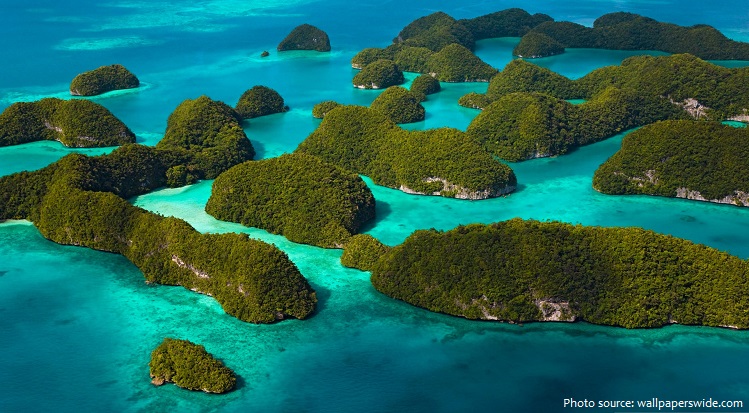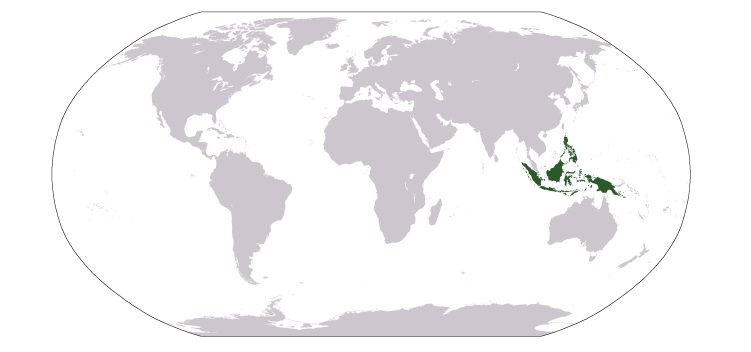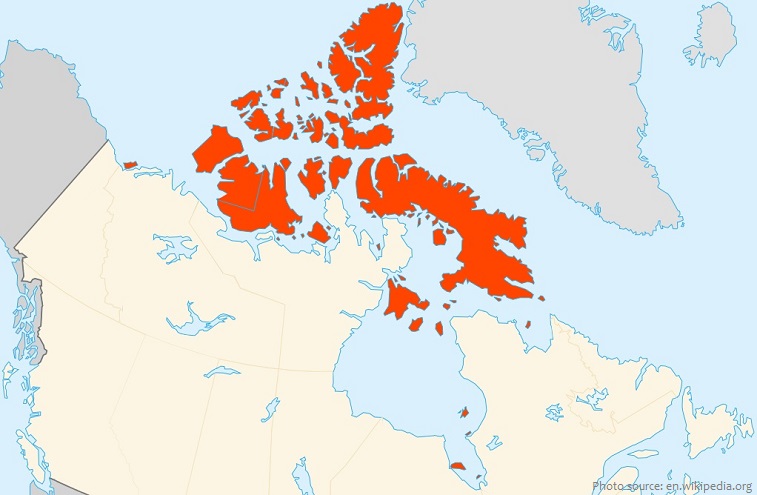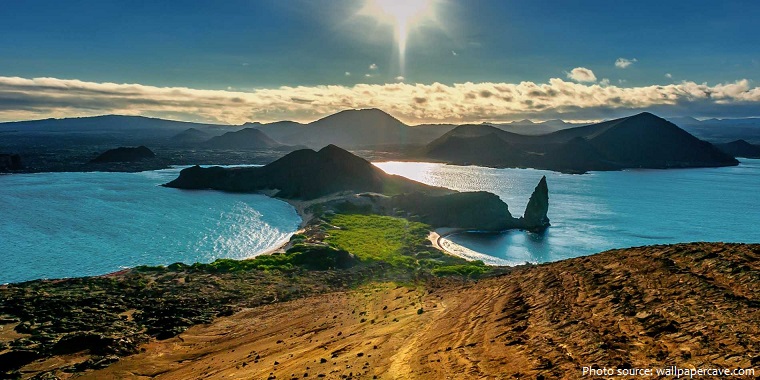An archipelago is a chain, cluster or collection of islands, or sometimes a sea containing a small number of scattered islands.
It is usually situated in the ocean, but it can be also found in a lake or river.
Archipelagos may be found isolated in large amounts of water or neighbouring a large land mass.
They are often volcanic, forming along island arcs generated by subduction zones or hotspots, but may also be the result of erosion, deposition, and land elevation. Depending on their geological origin, islands forming archipelagos can be referred to as oceanic islands, continental fragments, and continental islands.
The islands of the Hawaiian archipelago, for example, were formed by a series of volcanic eruptions that began more than 80 million years ago and are still active today.
The Malay Archipelago is the largest archipelago by area and fourth by number of islands in the world. It consists of the more than 17,000 islands of Indonesia and the approximately 7,000 islands of the Philippines. It also includes Brunei, East Malaysia, East Timor and Papua New Guinea.
Norwegian Archipelago is the largest archipelago by number of islands in the world. It has about 240,000 islands. Within this grouping is the Svalbard archipelago, which is located at roughly the midway point between Norway and the North Pole, in the Arctic Ocean. Over 60% of the area of this archipelago is protected as either a national park or nature reserve, which are home to the Arctic fox, reindeer, and polar bear.
Lying north of mainland Canada, the Arctic Archipelago consists of 94 major islands (greater than 130 square kilometers) and 36,469 minor islands covering a total of 1.4 million square kilometers. Apart from Greenland, which is almost entirely ice covered, the Canadian Arctic Archipelago forms the world’s largest High Arctic land area.
The Georgian Bay is home to the largest freshwater archipelago in the world. It is known as the Thirty Thousand Islands archipelago, and it is not hard to guess why. Interestingly, there are also 1,864 islands in the Saint Lawrence River.
The Japanese archipelago is a group of 6,852 islands that form the country of Japan. It extends over 3,000 km (1,900 mi) from the Sea of Okhotsk southwest to the Philippine Sea south along the northeastern coast of the Eurasia continent.
Scotland has more than 700 islands surrounding its mainland which form an archipelago.
The largest archipelagic state in the world by area, and by population, is Indonesia.
The Galápagos Islands part of the Republic of Ecuador, are an archipelago of volcanic islands distributed on either side of the equator in the Pacific Ocean surrounding the centre of the Western
Hemisphere. Located 906 km (563 mi) west of continental Ecuador, the islands are known for their large number of endemic species that were studied by Charles Darwin during the second voyage of HMS Beagle. His observations and collections contributed to the inception of Darwin’s theory of evolution by means of natural selection.
The word “archipelago” is derived from the Ancient Greek ἄρχι – arkhi meaning chief and πέλαγος – pélagos meaning sea – through the Italian arcipelago.
In Italian, possibly following a tradition of antiquity, “Archipelago” was the proper name for the Aegean Sea. Later, usage shifted to refer to the Aegean Islands (since the sea is remarkable for its
large number of islands).





